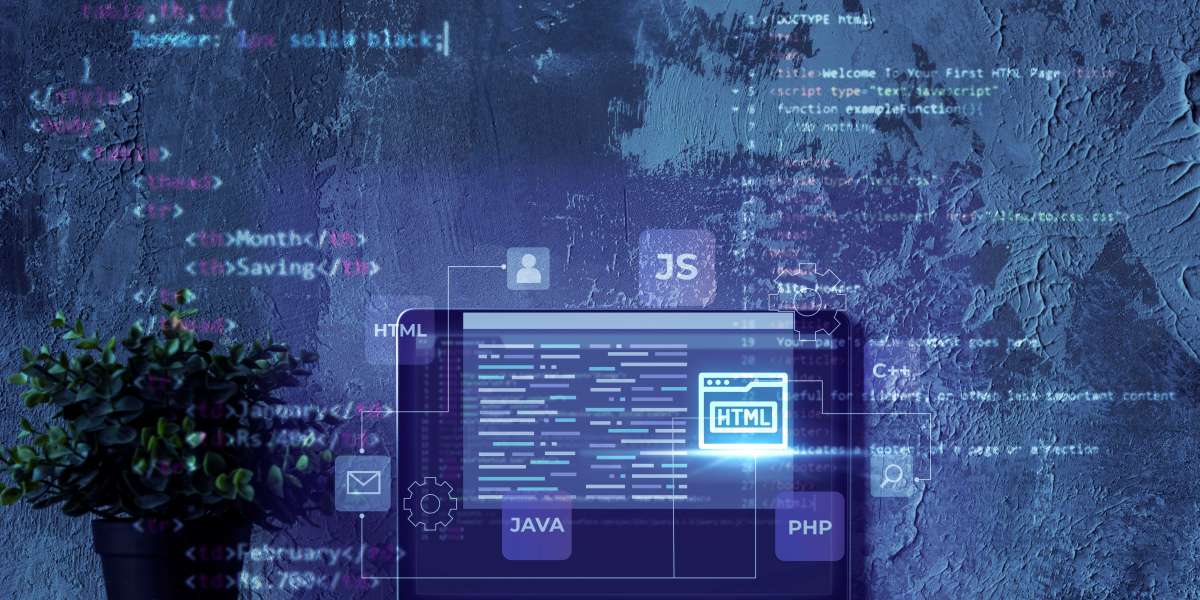Python, a versatile and powerful programming language, has witnessed remarkable growth and adaptation over the years. As technology continues to advance, Python development services have become increasingly prominent, with trends that shape the way applications are built and maintained. In this article, we'll explore seven important Python development trends that are influencing the programming landscape and driving innovation.
1. Machine Learning and Artificial Intelligence:
Python's extensive library ecosystem, including TensorFlow, PyTorch, and scikit-learn, has established it as a leader in machine learning (ML) and artificial intelligence (AI) development. The ease of implementing complex algorithms, coupled with the availability of pre-trained models, has accelerated the integration of AI and ML into various applications, ranging from recommendation systems to natural language processing (NLP) solutions.
2.Web Development with Python Frameworks:
Python frameworks like Django and Flask have revolutionized web development by simplifying the process and promoting rapid development. These frameworks provide essential tools, libraries, and patterns to create scalable and secure web applications. With the rise of microservices architecture, Python's frameworks have adapted to support the development of RESTful APIs and microservices-based applications.
3. Data Science and Analytics:
Python's dominance in data science and analytics continues to grow. Libraries such as Pandas, NumPy, and Matplotlib empower data scientists to analyze, visualize, and interpret data effectively. The rise of Big Data and the need for actionable insights have propelled Python's importance in data-driven decision-making processes across industries.
4.Cross-Platform Mobile App Development:
Python's versatility extends to mobile app development with frameworks like Kivy and BeeWare. These frameworks enable developers to create cross-platform applications that run on multiple operating systems. Python's "write once, run anywhere" capability reduces development time and costs while maintaining consistent user experiences across devices.
5.Serverless Computing:
Serverless architecture, which abstracts server management, has gained traction in recent years. Python's compatibility with serverless platforms like AWS Lambda and Azure Functions makes it an attractive choice for building event-driven, scalable applications without the overhead of managing infrastructure.
6. IoT (Internet of Things) Development:
Python's lightweight footprint and simplicity make it suitable for IoT development. Developers can use Python to interact with IoT devices, collect sensor data, and create applications that control connected devices. As IoT adoption continues to rise, Python's role in this space is likely to expand further.
7.Python for Ethical Hacking and Cybersecurity:
Python's ease of use and extensive libraries have led to its adoption in the field of ethical hacking and cybersecurity. Tools like Scapy, Metasploit, and Nmap leverage Python to conduct network analysis, penetration testing, and vulnerability assessment, aiding security professionals in identifying and addressing potential threats.
Future Implications and Considerations:
While these trends showcase Python's versatility and adaptability, developers must stay updated and continuously enhance their skills to make the most of these trends. As you navigate these trends, consider the following:
Continuous Learning: Python's landscape evolves rapidly. To harness its full potential, developers must dedicate time to learning about new libraries, frameworks, and tools that align with these trends.
Security: As Python applications become more critical, ensuring robust security measures becomes paramount. Stay informed about security best practices and implement them to protect your applications and users.
Community Involvement: Python's community is a valuable resource for sharing knowledge and addressing challenges. Active involvement in the community can help you stay ahead of the curve and collaborate with fellow developers.
Scalability: While Python is known for its ease of use, it's essential to plan for scalability as your applications grow. Choose appropriate design patterns, architectures, and technologies to ensure your applications can handle increased demand.
Conclusions
Python's evolution and adaptation to emerging trends make it a cornerstone of modern software development services. From AI and ML to web development and IoT, Python's versatility enables developers to create innovative solutions that address complex challenges. Embracing these trends and staying updated with Python's latest developments will empower you to leverage comprehensive Python software development services , creating impactful and cutting-edge applications that resonate with today's tech-savvy audience.








